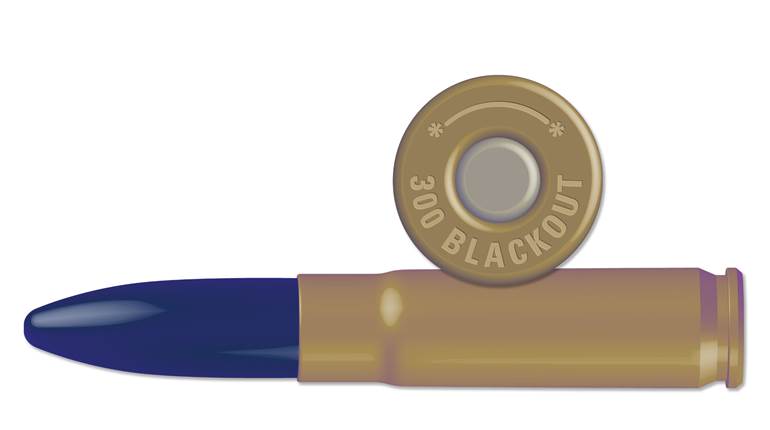
Most every used-gun rack contains at least several Winchester Model 94s. Most are chambered in .30-30 Win., but a surprising number are chambered in .25-35 Win. Actually, quite a few rifles have been made to fire .25-35. Every so often a Savage 1899 or Winchester Model 1885 pops up. European drillings and single-shots also appear now and again, although usually under the 6.5x52 mm R designation. Winchester Repeating Arms made a limited-run Model 94 in .25-35 in 2005. All those rifles deserve to be shot, if for nothing else than to keep history alive.
Bullets are limited for handloading .25-35 rifles with tubular magazines. That’s okay, because Hornady 117-gr. Round Nose bullets shoot accurately and carry enough energy to accomplish everything expected of this little cartridge now celebrating its 125th anniversary. As far as I know, that bullet weight is the only one that has ever been offered in .25-35 factory loads.
Seating the bullet so that its crimping cannelure is even with the case mouth provides a perfect overall cartridge length. The .25-35’s recoil is light, so only a slight crimp of the case mouth is required. Light 60- and 75-gr. bullets can be used, but, because of their much higher velocities, rear iron sights often cannot be lowered enough to compensate for their elevated impacts.
Through the years, I’ve handloaded the Hornady bullets with seven propellants—from IMR 3031 on the fast-burning side to IMR 4320 on the slow end. Hodgdon’s H4895 has provided the highest velocity and best accuracy. A Winchester Model 94 carbine made in 2005 shot Hornady bullets an average of 2295 f.p.s. using the recipe listed here. The figures for the recipe were gathered from shooting a Winchester Model 1894 carbine made in 1909 that my grandmother kept close at hand on her homestead—shooting it allows me to honor the old days.






































